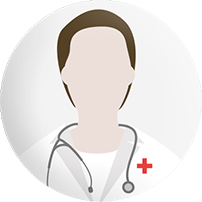GO BACK
IMCAS World Congress 2025
IMCAS World Congress 2025
Program
Adapt the schedule of the livestreamed class/congress to your time zone
Time zone reference: (UTC+02:00) Europe, Paris
Nails: From surgery to cosmetic
Room: Room 242 - Level 2
Date: Saturday 1 February 2025 at 11:30 to 12:30
Format: FOCUS SESSION > lectures covering a major topic of the congress
Date: Saturday 1 February 2025 at 11:30 to 12:30
Format: FOCUS SESSION > lectures covering a major topic of the congress
Lectures of the session
| Hours | Speakers | Lecture title | Abstract | Number |
| 11:30 | Nail cancers - Surgery | 142619 | ||
| 11:38 | The role of dermoscopy in differentiating common nail disorders | View | 142618 | |
| 11:48 | Nail and cosmetics: Pros and cons | 145690 | ||
| 11:58 | Functional aesthetic nail surgery | 142620 | ||
| 12:23 | Discussion and Q&A | 142622 | ||








